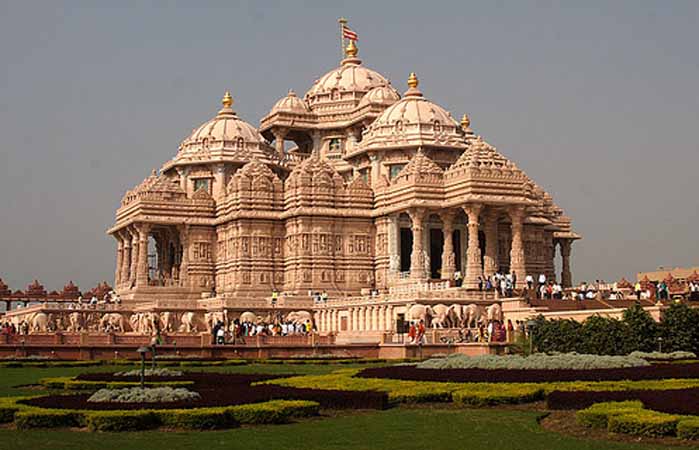
The Bharat Model: A Civilizational Solution for a Divided World
If the 21st century is going to be a century of civilizational clashes, then the world urgently needs a civilizational solution —
and that solution lies in the idea of Bharat.
Bharat is not just the name of a country.
It is the name of a civilization that for millennia has understood how to hold immense diversity within a single cultural framework.
It offers the world a living example of unity without uniformity.
The ancient Indian society was, in many ways, a prototype of the modern pluralistic ideal:
1. Hundreds of languages, countless sects, various schools of philosophy — all coexisting under a civilizational umbrella.
2. Multiple ways of life — from monks in the forests to kings in the palaces, from materialists like Charvakas to spiritual seekers like Vedantins — all recognized as legitimate expressions of human aspiration.
3. A society where debate was celebrated, not suppressed; where seekers could freely explore different paths toward truth.
Even the “Hindu way of life” is not an organized religion in the rigid sense.
It is a way of being — a broad, dynamic, inclusive process that accepts every path to the Divine as valid.
As the Rigveda beautifully says:
“Ekam sat, vipra bahudha vadanti” — “Truth is one, the wise call it by many names.”
This spirit of inclusiveness — of celebrating multiple truths rather than enforcing a single doctrine — is at the heart of Bharat.
A Civilization Unfairly Criticized
Modern narratives often reduce Bharat’s history to critiques of caste discrimination or social inequities.
While no society is perfect, these criticisms capture only a fraction of the whole truth.
The deeper reality is that Bharat thrived for thousands of years by balancing continuity with diversity, stability with change, individual freedom with social cohesion.
What other civilization has hosted so many religions — Hinduism, Buddhism, Jainism, Sikhism, Islam, Christianity, Zoroastrianism — and allowed them to flourish side by side for centuries?
Where else has the concept of “Vasudhaiva Kutumbakam” — the whole world is one family — been embedded in the civilizational DNA?
The World Needs Bharat
If the modern world is torn between rigid civilizations, Bharat shows a third way:
• Not assimilation, where everyone must become the same.
• Not fragmentation, where every difference becomes a reason for conflict.
• But harmonization, where differences are respected, and deeper unity is recognized.
The world does not need a global monoculture.
The world needs a global civilization — where diverse identities are respected, yet bound by shared principles of dignity, dialogue, and mutual respect.
The Bharat model provides a profound template for this.
Bharat as the Future
The future cannot be built by erasing civilizations or forcing false uniformity.
It must be built on civilizational wisdom — and Bharat has much to offer.
By embracing the spirit of Bharat — diversity without division, unity without uniformity, truth beyond dogma — the world can move beyond the endless cycle of cultural conflicts.
Bharat is not just India’s heritage.
It is humanity’s hope.

